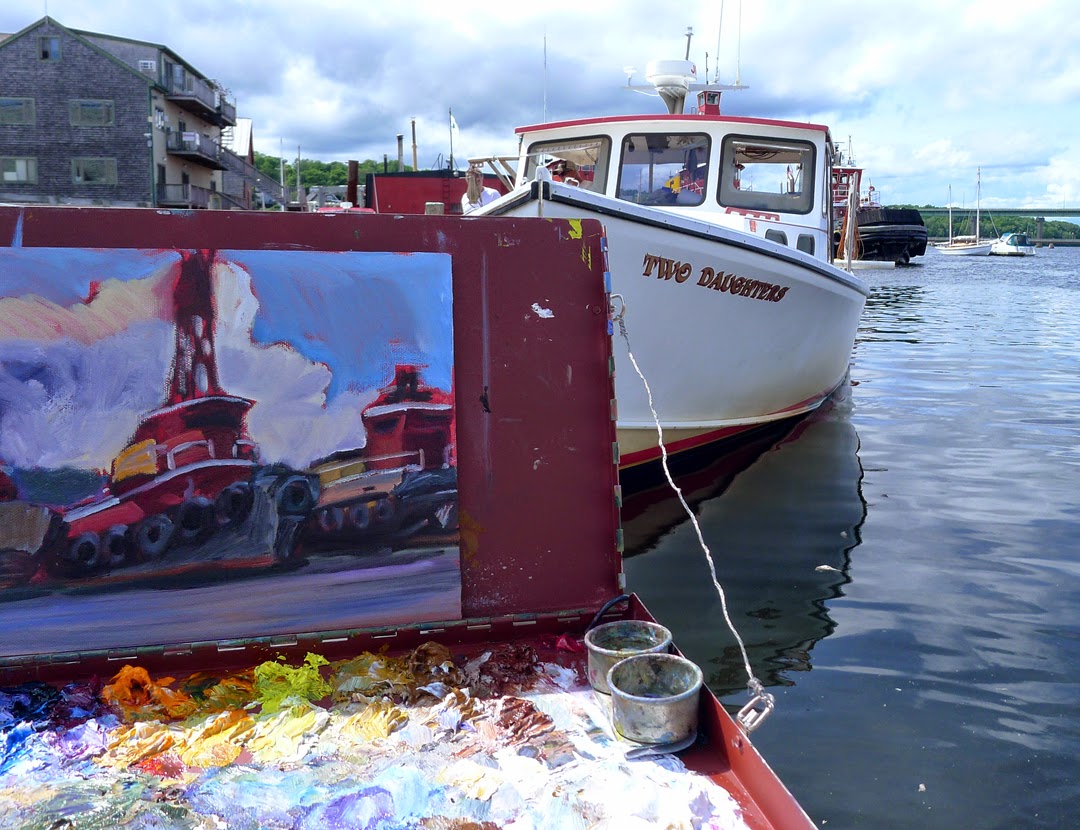 |
| The artistic hands of Anna Battaglia McDermott. |
Rochester’s School of the Arts graduates around 90% of its students. The overall Rochester City School District graduates an astonishingly-bad 43% of its students. Although this has been the subject of much discussion, the idea that art itself influences the mind seems to have escaped both the pundits and the pedagogical establishment.
 |
| Hydrangeas, by Sandy Quang, painted last night. Not even a deluge could stop them from painting. |
Various studies have shown that making art reduces stress and help us process
traumatic events. In itself, that ought to justify art education. But those of us who make art know that it’s an intellectual discipline like mathematics or grammar, and as such, it helps develop the brain. A recent
studyvalidates that.
Over 10 weeks, scientists at the University Hospital Erlangen asked elderly men and women to participate in hands-on art classes, while a control group took an art appreciation course. Researchers discovered “a significant improvement in psychological resilience” among those who actually drew and painted.
 |
| Birches, by Nina Koski, painted last night. |
The fMRI scans of the art-class group also showed improved efficacy in the parts of the brain associated with cognitive processes like introspection, self-monitoring, and memory.
“The participants in our study were required to perform the cognitive tasks of following, understanding, and imitating the visual artist’s introduction. Simultaneously, the participants had to find an individual mode of artistic expression and maintain attention while performing their activity. Although we cannot provide mechanistic explanations, the production of visual art involves more than the mere cognitive and motor processing described. The creation of visual art is a personal integrative experience – an experience of ‘flow,’ – in which the participant is fully emerged in the creative activity,” wrote the authors.
 |
Gate, by Anna McDermott, painted last night.
|
Art and music education are the first things we cut when school budgets are in trouble. Meanwhile, a 2012 study found that the
total spending on ADHD (just one of many forms of maladaptation to modern school) ranges from $143 billion to $266 billion a year. Perhaps more art classes and fewer drugs are in order.
 |
| Young Ilse thinks she’s having fun. Please don’t tell her this is good for her. |
Come to Maine and learn to paint. I have two openings left for my 2014 workshop in Belfast, ME. Information is available here.



















